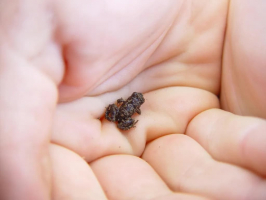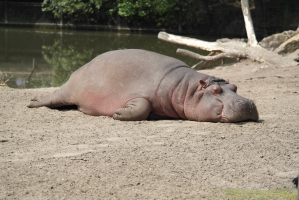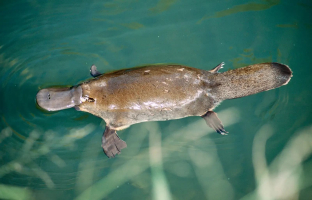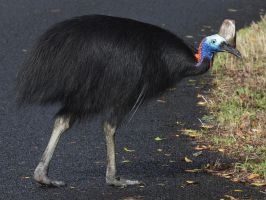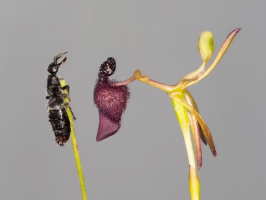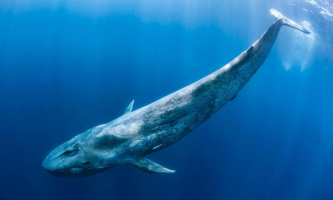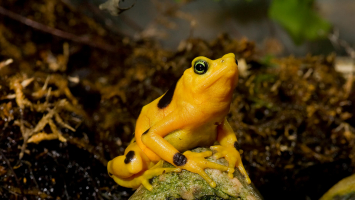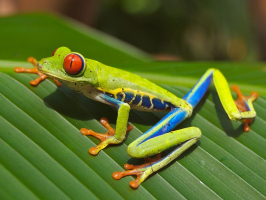Top 10 World's Fluffiest Animals
Animals can be beautiful and adorable no matter whether their species, color, or size. Among them, the fuzziest animals definitely have an edge when it comes ... read more...to cuteness. It's hard to resist the urge to pet such cute furry animals, even when only some of the cute animals are naturally this fluffy, many have been bred primarily for this purpose. Here is a list of the fluffiest animals in the world, let's find out!
-
Even in the wild, rabbits are the epitome of fluffy cuddliness, although some are fluffier than others. The Angora Rabbit, which was bred expressly for its coat and whose soft, silky, long fur is used to manufacture Angora wool, is one of the fluffier types of rabbits. In the first half of the 18th century, the Angora, which had its origins in Turkey, was introduced to Europe. There are approximately 11 different Angora breeds, ranging in size from the diminutive English Angora, which weighs just 4 pounds, to the aptly titled Giant Angora, which weighs at least 12 pounds and can generate more than a pound of wool in a single shearing.
Angora rabbits require regular grooming due to the amount of their fluff. The fur might mat if the coat is not taken care of. The animal may become ill as a result, in addition to causing them agony. They are particularly prone to the condition known as a wool block. Rabbits eventually eat some of their own furs when they brush themselves. If it accumulates in the digestive tract, the rabbit won't be able to pass it, which could result in a blockage that is lethal. Therefore, routine shearing and plucking of the rabbit's fur benefit both the rabbit and the Angora wool industry.
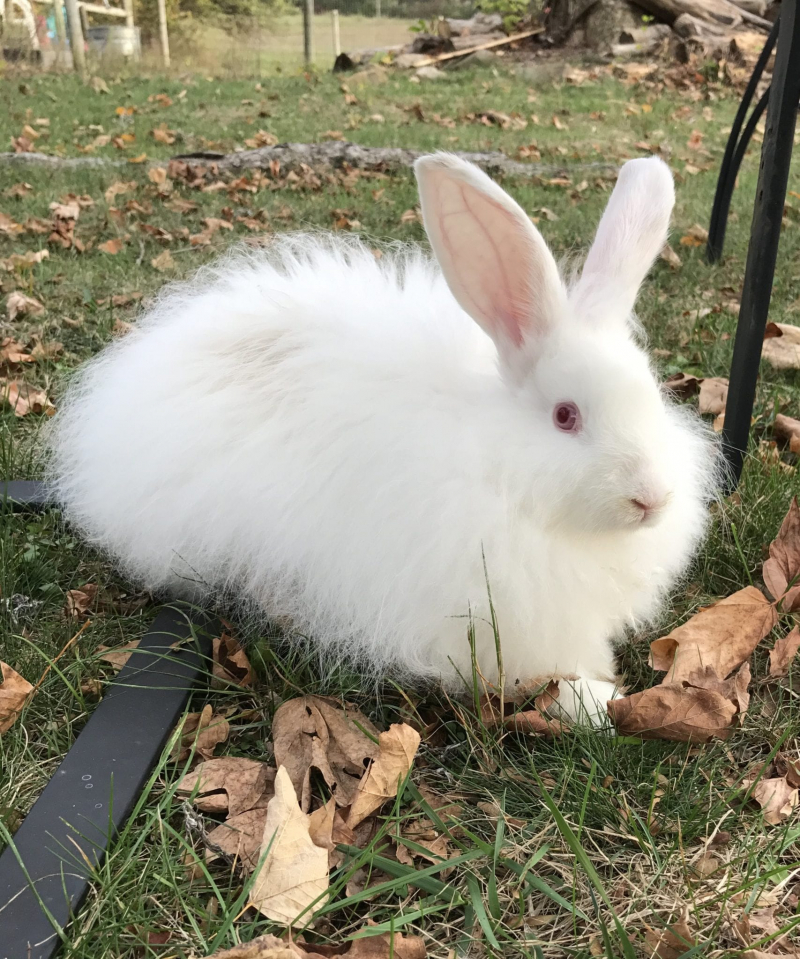
Alpaca Meadows 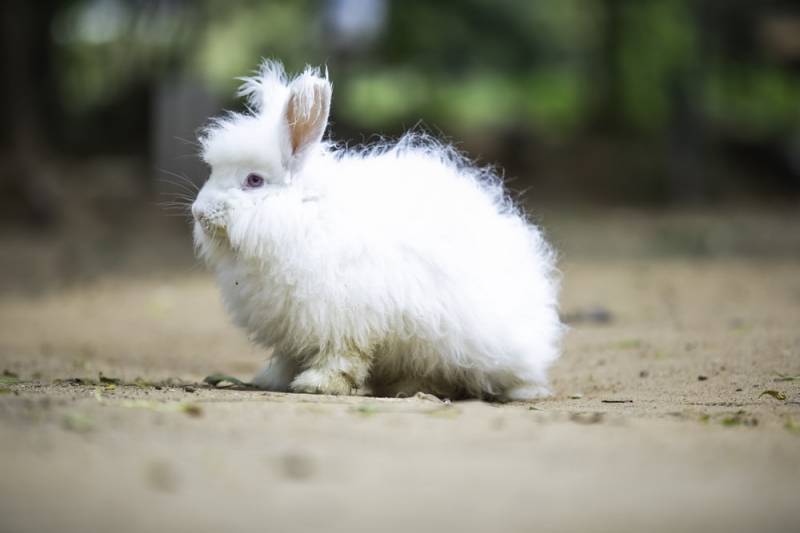
Unsplash -
Ragamuffin Cat's fur resembles the fluffy fur of an Angora rabbit quite a bit. It is a large, strong cat with a friendly disposition. Males can weigh over 20 pounds and females as much as 15 pounds. They have the same propensity to fall limp when lifted up as their ragdoll cat ancestors do.
His fluffy cat also has the advantage of requiring less upkeep than the Angora rabbit because its fur doesn't tangle as easily. It only needs to be brushed once every week. Although the ragamuffin cat can have a variety of coat colors, kittens are born white and gradually develop their colors over the course of up to four years of development. An additional benefit is that well-taken care of ragamuffin can live to be eighteen.
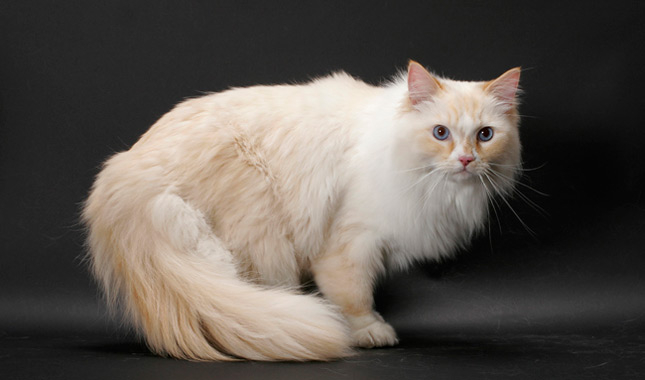
Vetstreet.com 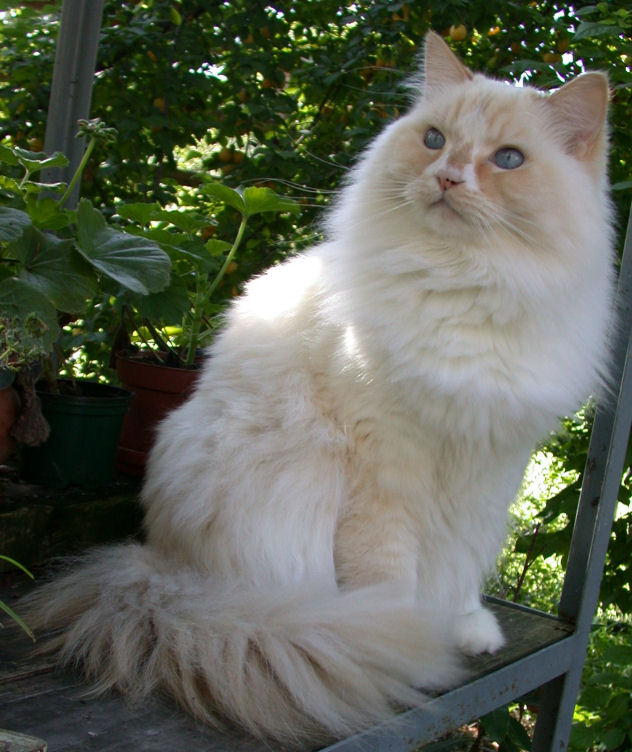
Wikiwand -
The Samoyed’s fluffy white coat kept it warm as it herded reindeer in Siberia. It looks like a spitz and has a long, fluffy tail that is curled over its back and to one side. The rest of the dog is broad and muscular, and the face has a somewhat foxy look with large, dark brown eyes and thick, small, erect ears. It has strong legs, a wide chest, and even fur on its feet to provide comfort. Captain Robert Scott and Roald Amundsen utilized this dog, which was bred to withstand extreme conditions, to explore the South Pole. The Samoyed is between 50 and 65 pounds in weight and stands between 18 and 22 inches tall at the shoulder.
A 33,000-year-old fossil link between the Samoyed breed and the prehistoric wolf was discovered. These canines were initially used for hunting by the Siberian Samoyede tribe before they were trained to herd reindeer. The Samoyed's thick, long fur was actually used to manufacture clothing, and the dogs would spend the night with the tribe's young members to keep them warm.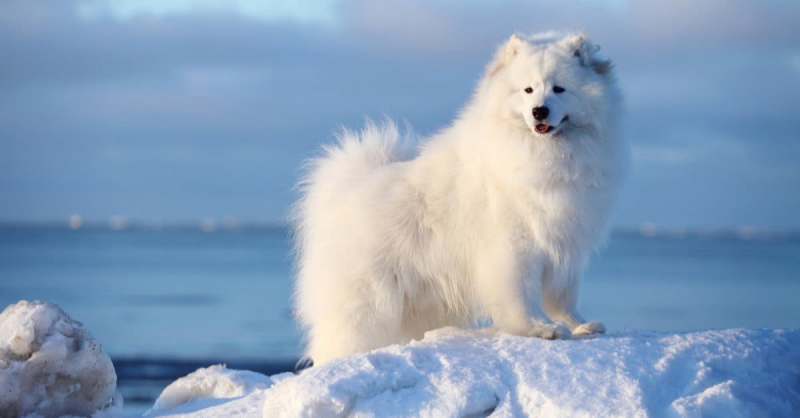
Wikipedia 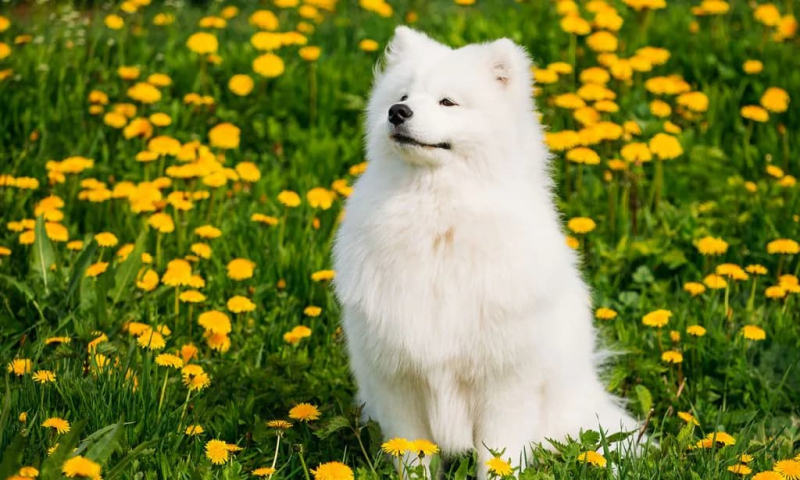
BeChewy -
The fluffy fur on Chinchillas evolved to withstand extreme conditions, in this case, the chilly Andean mountains of western Chile. It has long been hunted and raised for its luxurious, silvery gray fur. In actuality, it has the thickest fur of any land animal. Both chinchilla species are regarded as endangered due to the demand for their fur, and the short-tailed chinchilla is almost extinct in the wild.
Chinchillas are popular as pets because of their affectionate personalities and fluffy cuteness, but they require a lot of upkeep. Their enclosure's temperature needs to be controlled, their teeth need to be looked after, and they occasionally need to take a wash in fine pumice dust. They’re easily stressed and also subject to depression.
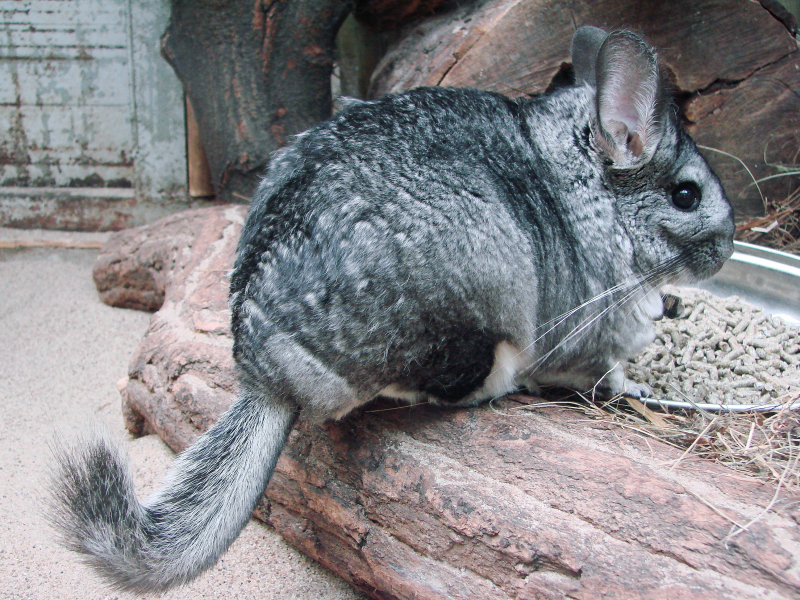
Wikipedia 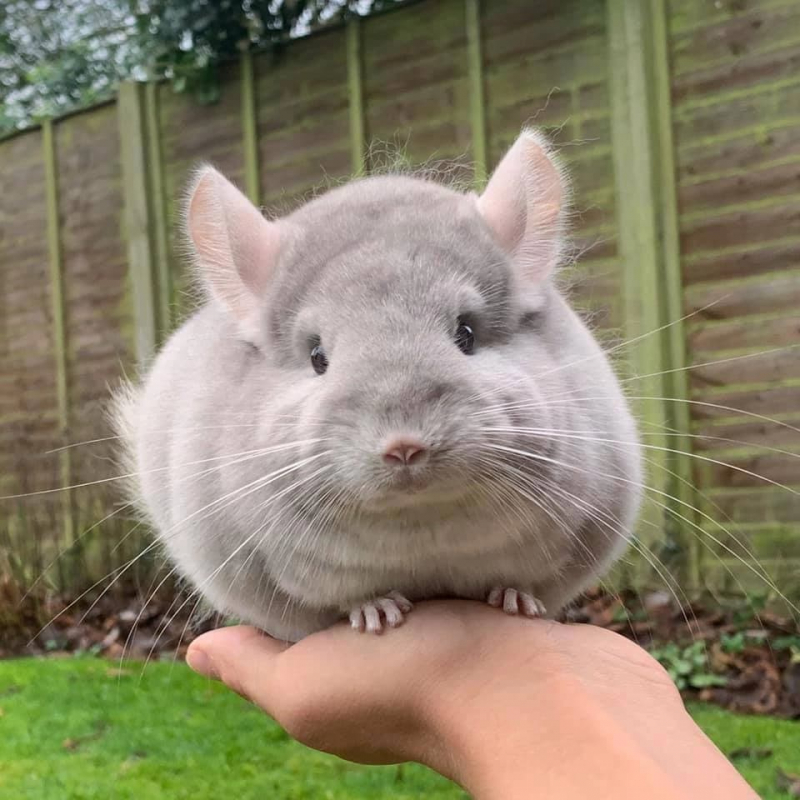
Freepik -
Since it has been raised for hundreds of years, the Silkie Chicken, also known as the Chinese chicken, has been prized for its fluffy, delightfully soft, and silky plumage. It is a tiny chicken, with hens weighing 3 pounds and roosters weighing around 4 pounds. Even more, little bantam breeds are available.
Silkie chickens can be bearded or non-bearded. A beard is made up of feathers just under the beak that covers the chicken’s earlobes. The chicken is also allowed to come in several colors, including white, blue, black, gray, and partridge. A champion silkie needs to have a tiny comb shaped like a walnut, blue earlobes, and dark wattles. Each foot needs to have five toes, and beneath all those fluffy feathers the skin must be black. Despite having exotic appearances, silkies are peaceful and brooding birds that are frequently utilized to incubate the eggs of other birds.
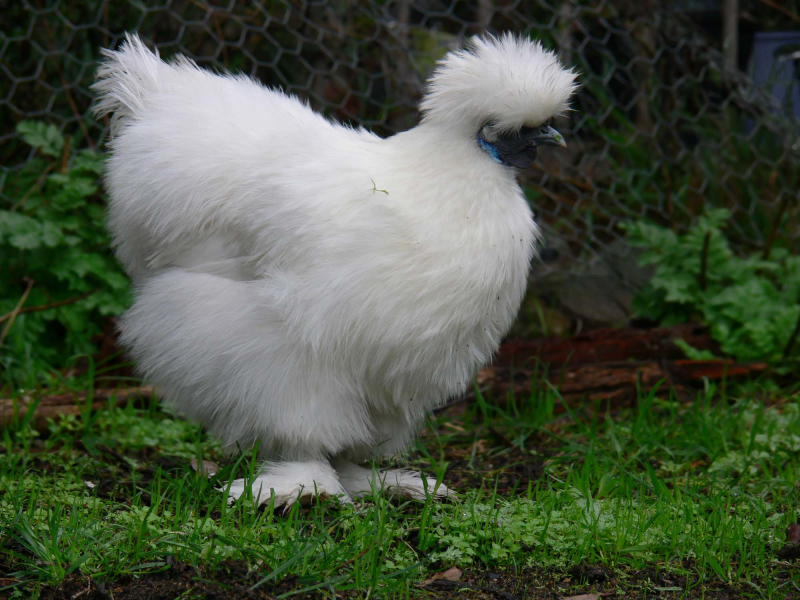
Wikipedia 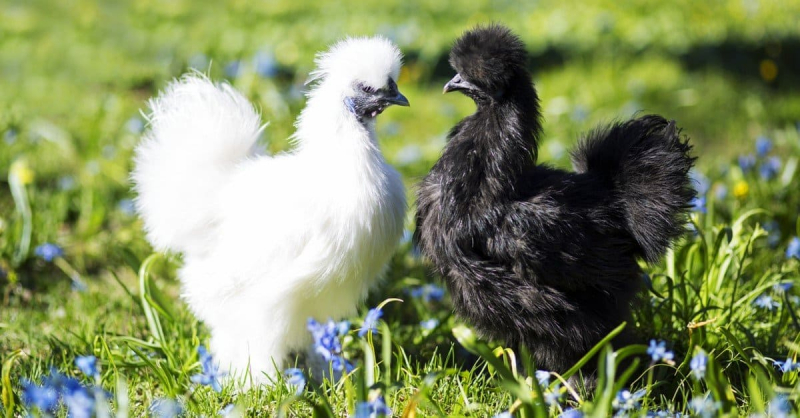
Einar Muoni/Shutterstock.com -
The Ruffed Lemur is a native of Madagascar, as are all lemurs. It is the largest member of the Lemuridae family, ranging in size from 7 to 9 pounds and measuring 39 to 47 inches in length. Ruffed lemurs typically have tails that are longer than their bodies, which can reach lengths of over 2 feet. Its silky, thick fur is either white and red or black and white.
The black and white lemur can have black on its breast, flanks, feet, tail, and shoulders in addition to having a black face. It also has a large, canine-like nose with a claw for brushing its thick foot fur and many teeth. The ruff runs, like a full chin curtain beard, from the ears to under the chin and around the neck. Because much of its habitat has been destroyed, the ruffed lemur is critically endangered.
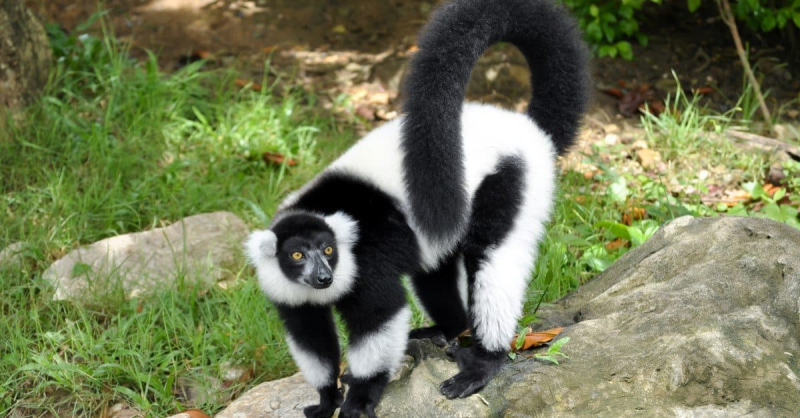
J.NATAYO/Shutterstock.com 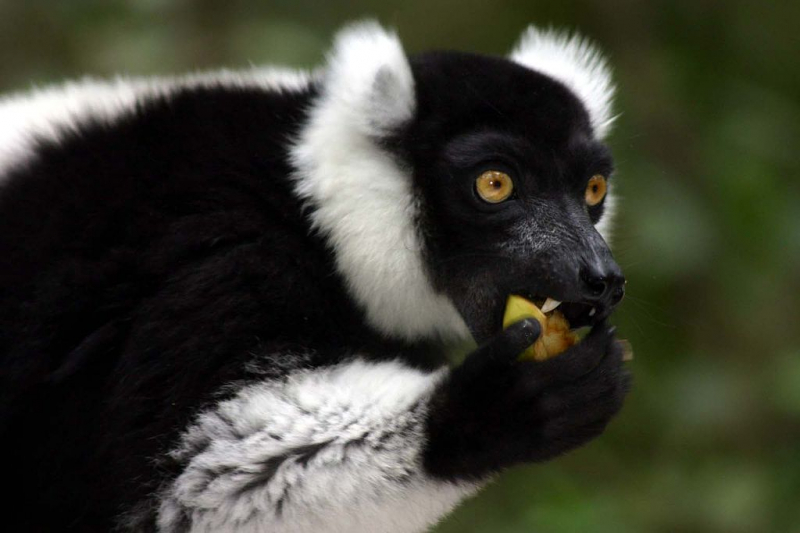
Wikimedia Commons -
The Giant Panda, also known as the panda bear (or simply the panda), is a bear species endemic to China. Although the giant panda is a member of the Carnivora order, more than 99 percent of its diet consists of bamboo shoots and leaves. Other grasses, wild tubers, or even meat in the form of birds, rodents, or carrion are occasionally consumed by giant pandas in the wild. In addition to carefully prepared food, they may be fed in captivity honey, eggs, fish, yams, shrub leaves, oranges, or bananas.
Even though an adult giant panda can weigh up to 280 pounds and measure over 6 feet tall, this adored bear of the Chinese bamboo forest is easily identified as another incarnation of fluffy sweetness. The panda has predominantly white fur, but it also has characteristic black features like pom-pom ears on top of its round head, small, patched-in eyes, a black nose, a black saddle on its shoulder, and black limbs and legs.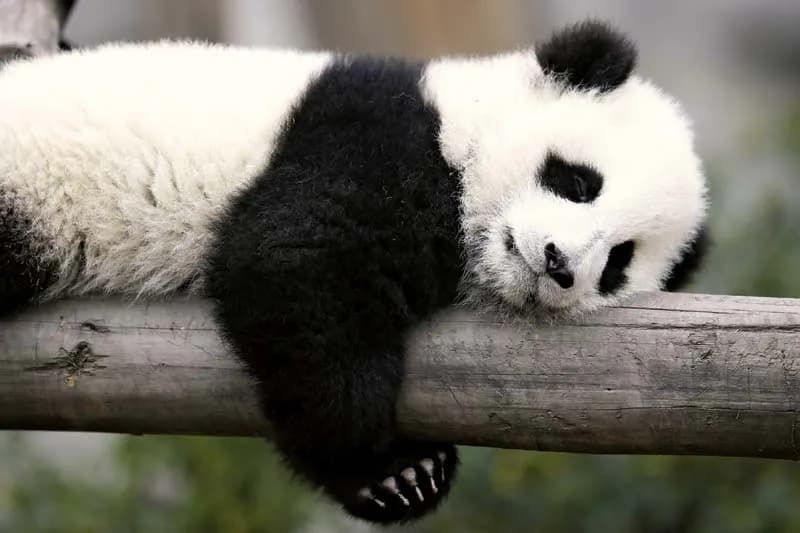
Encyclopedia Britannica 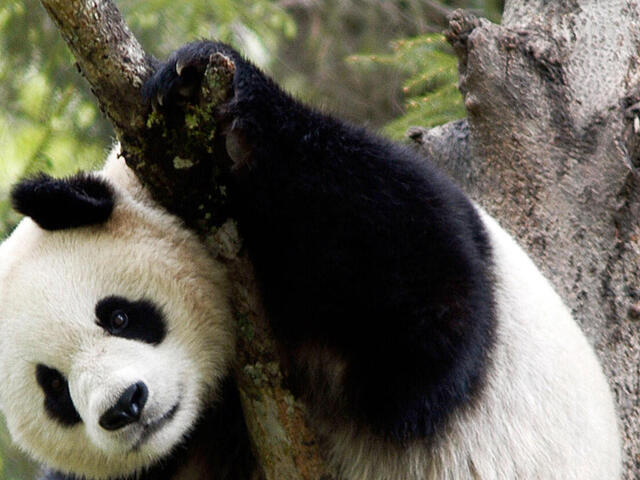
World Wildlife Fund -
The Abyssinian Guinea Pig is bred for its fluffy fur, which grows over the body in interesting whorls that are called rosettes. In fact, the guinea pig must have an even number of these rosettes, preferably eight or 10, on various parts of its body if it is to be displayed. The majority of Abyssinian guinea pigs are only kept as adorable pets because it is difficult to find one that fits these requirements.
It requires meticulous maintenance, just like other fluffy creatures, to prevent the matting and tangling of its fur. The breed is fairly old and did not originate in what is now Ethiopia, formerly known as Abyssinia. It is not even somewhat connected to a pig and did not even begin in Guinea. The Andean Mountains of South America are the place where guinea pigs first appeared.
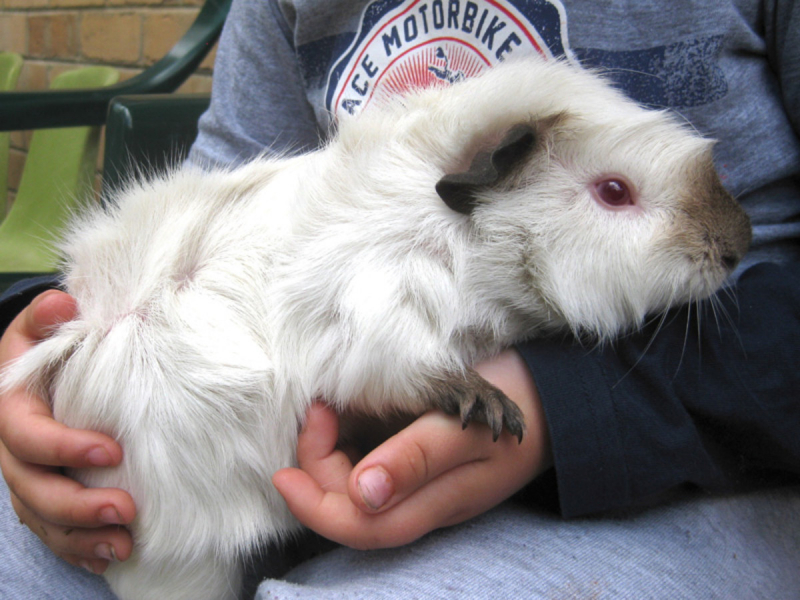
PetHelpful 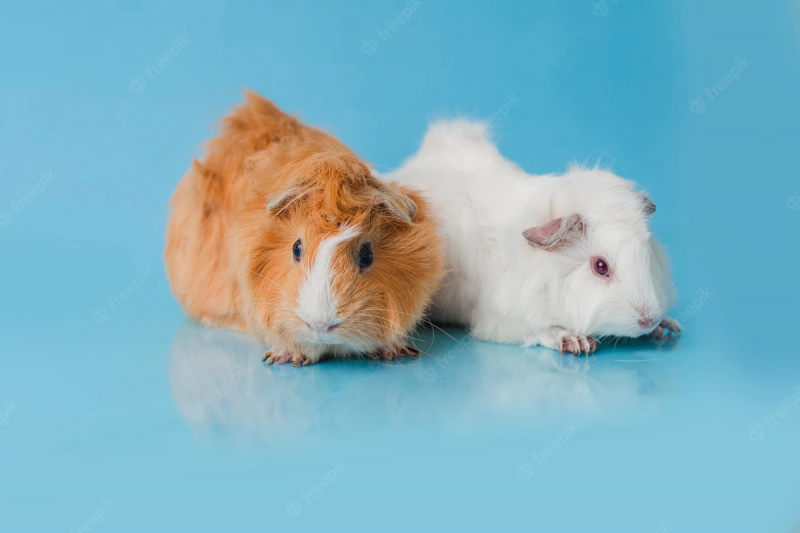
Freepik -
The Arctic Fox is a very resilient species that can live in the arid, treeless areas of the Arctic where temperatures can drop as low as -58°F. Its tiny nose, short ears, and fuzzy soles are all crucial adaptations to the frigid environment. Arctic foxes dwell in burrows and may dig tunnels into the snow to find shelter during a storm. Foxes can easily hunt rodents, birds, and even fish because of their pigmentation. But in the winter, there might not be much available prey.
The stunning white (or occasionally blue-gray) coats of Arctic foxes serve as excellent winter camouflage. The animal can blend in with the common snow and ice of the tundra thanks to its natural coloring. The fox changes with the seasons, developing a brown or gray coat that offers concealment among the rocks and vegetation of the summer tundra.
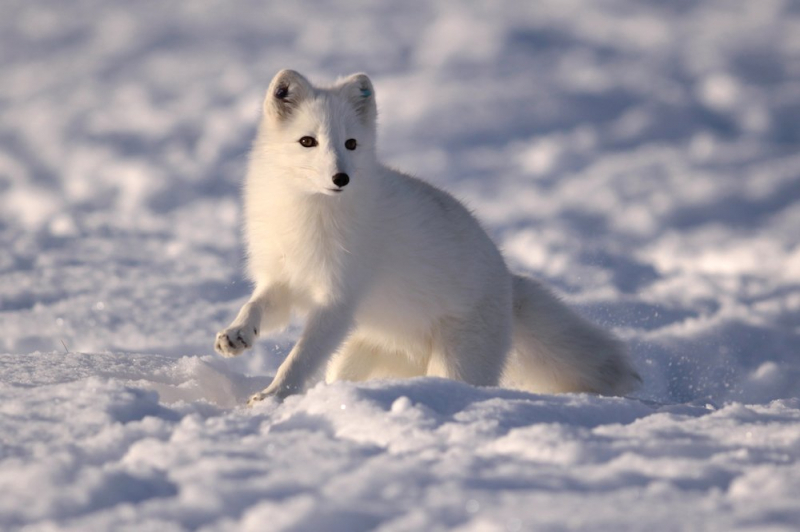
Arctic Today 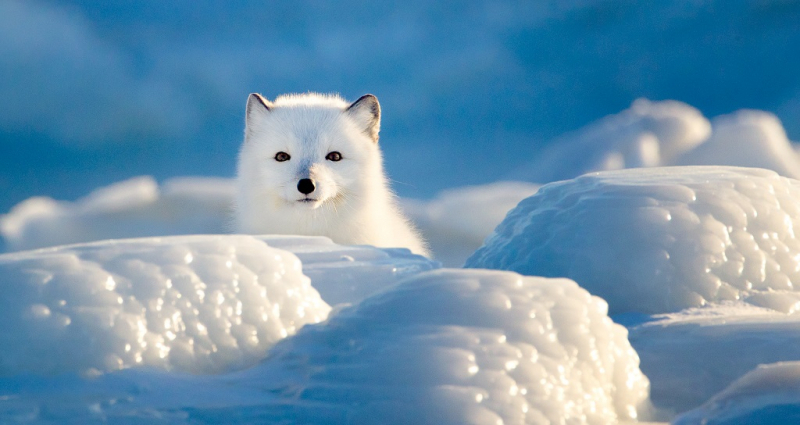
Churchill Wild -
A Bichon Frisé is a small breed of dog of the bichon type, with the name translating to "curly-haired dog". The typical lifespan of a Bichon Frise is 12 to 15 years. The lifespan of this breed is comparable to that of other dogs of its size and slightly longer than that of purebred dogs in general. The Bichon Frisé is a relatively healthy breed. They may have cataracts, diabetes, or allergies, which may lead to skin conditions and cause itching resulting in scratching and chewing their paws.
This cute tiny dog has a double coat that makes it look like a moving pile of cotton balls. All over its body, its fur grows in gentle curls and is incredibly smooth and silky. This small dog was bred in 15th-century Spain to serve as the royal companion. It weighs around 12 pounds, the same as a Giant Angora rabbit.
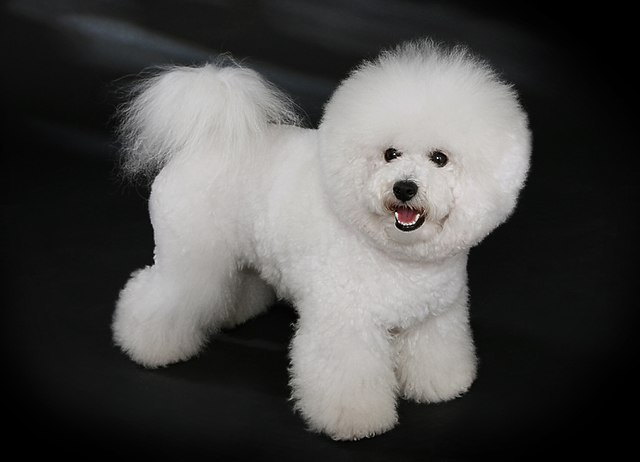
Wikipedia 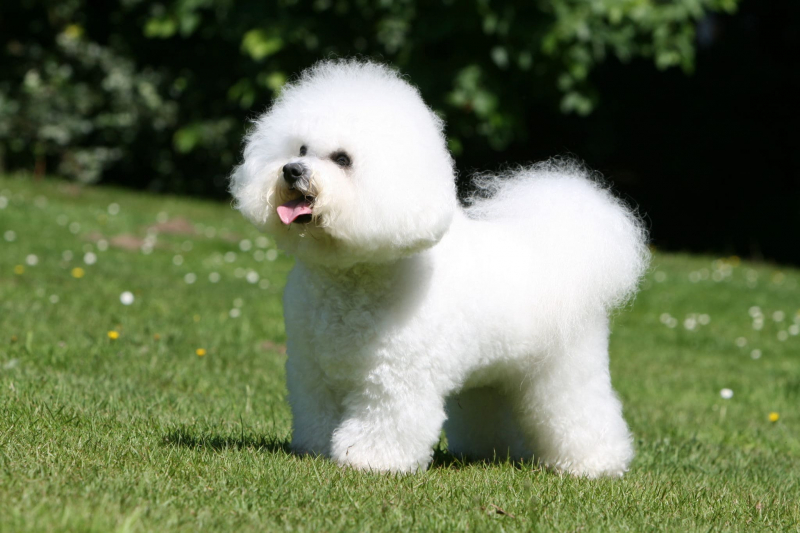
Dogs and Puppies Wiki - Fandom












